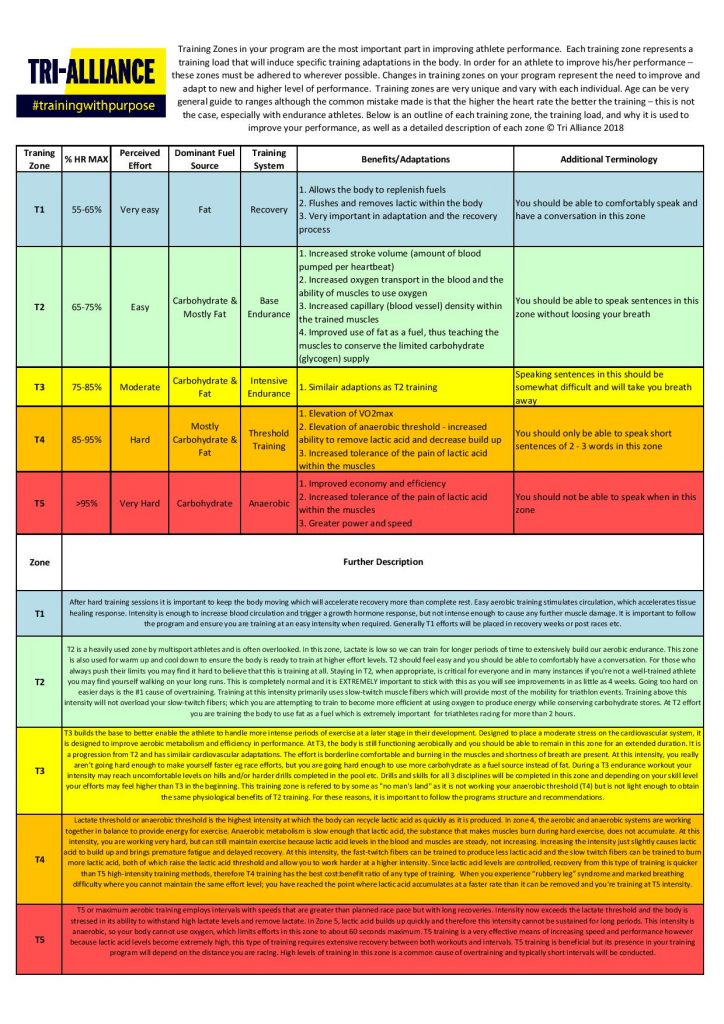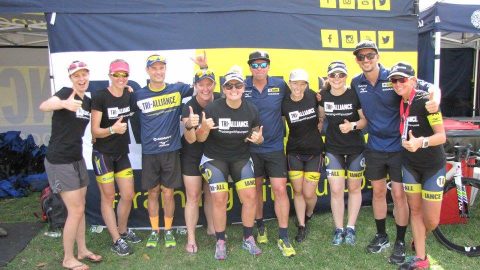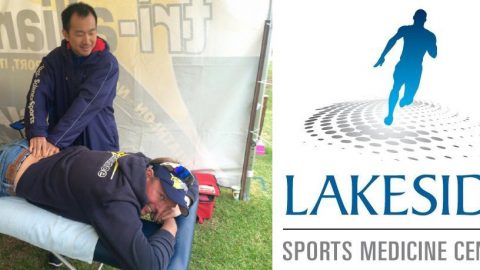Heart Rate Training
These days, the market is flooded with technological devices which claim to help us as athletes to improve our training performance and ultimately racing results. Heart rate (HR) monitors are a very useful and cost effective tool for athletes to monitor their performance and train in the appropriate ‘training zones’ to achieve maximal results. It is all good and well to use a HR monitor, however many athletes simply do not know how to use it effectively. When thinking about how much time to spend in each HR training zone we should look at the type of race we are training for e.g. long course or short course. During a short course race, an athlete’s HR will be significantly higher than someone racing an Ironman and the body will be using different sources for fuel e.g. carbohydrates and fats. It is therefore very important to understand the zones outlined in your program so when it comes to race day, you are prepared.
Heart Rate Variables
Although HR is a very valuable training tool, there are some things to keep in mind if you are basing all of your training purely around HR. Due to circumstances such as stress, environment and energy levels, your HR levels may vary from session to session and what you could complete one day could seem near impossible to complete the next. This is where athletes need to be smart and learn how to monitor their perceived efforts. You should always monitor your feeling during sessions. If you’re sitting on a HR you train at regularly and you’re suffering, listen to your body and back off a little so the perceived effort aligns with what the program is requesting. You should be able to get to a point in training where you can feel your threshold zone kicking in. Use your monitor and try to learn the feeling of being in these zones.
Heart Rate Zones
Each training zone has a corresponding HR range as shown in the Training Zones document. The recommended way to find out what these zones are is to get a V02 max test. However, there are other mathematical formulas which can give you an estimate on your HR zones. The most common formula to obtain your maximum heart rate (MHR) = 220-age
E.g. if you are 20 years old then your MHR = 220-20 = 200; Therefore 70% of your MHR is 140 beats per minute (BPM)
This formula however, is not accurate in giving your training zones simply because people have different MHR’s due to their genetic makeup. This formula does not take into consideration your current fitness level, exercise history and resting heart rate.
The following is the Karvonen formula which is a more accurate approach to discovering your training zones. You will need to know your Maximum HR, which would be the highest HR you have achieved on your monitor when at a prolonged period of intense exercise (maximal effort). Also your resting HR which needs to be taken in the morning before you hop out of bed, for a true reading. This formula does not take into consideration your age, but does use your max and resting HR in order to give your training zones.
(Maximum HR – resting HR) * % of Intensity + RHR = (200 – 50) * 0.7 + 50 = 155 BPM Therefore 70% of MHR is 155 beats per minute
You need to take into account that HR zones will vary when working out zones for the 3 disciplines of a triathlon. Running will yield the highest heart rate with cycling being 5-10bpm less and swimming being 10-15BPM










